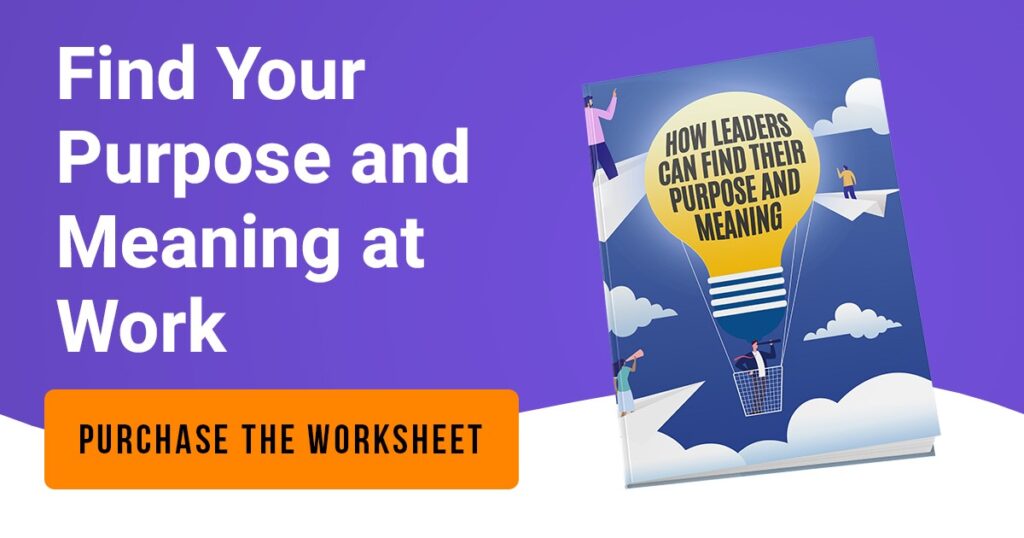I remember one of the first paid talks I gave around 15 years ago. I was in my early 20’s standing in front of a room of business leaders. I was excited…until I walked onto the stage. Then the imposter thoughts started to pop in. “Why would these leaders want to hear from me?” “What if my talk sucks?” “I shouldn’t be here.” It was a clear case of imposter syndrome and something I’ve had to deal with many times in my life (and sometimes do to this day!).
If you’re like most people, at some point in your life, you’ve experienced imposter syndrome. You know how it goes—not feeling confident, thinking you’re not the real deal, experiencing chronic self-doubt. My wife and I are both entrepreneurs, business owners, and speakers and since we both spend quite a bit of time in the public eye we had to come up with strategies and tools to conquer imposter syndrome.
My wife Blake gave her first keynote speech just six months after our daughter was born. She was nervous and felt like a fraud—people were really going to pay her to speak, and hundreds of people were going to listen? She couldn’t sleep for the nights leading up to the speech and felt like a nervous wreck. Afterwards, she watched a video of her speech and realized she didn’t look nearly as nervous as she felt. Imposter syndrome was almost all in her head.
Whether you’re giving a talk, speaking up in a meeting, writing a book, or doing pretty much anything else… chances are you will experience imposter syndrome at some point in your life. In fact, research shows that over 70% of people will experience it at some point in their lives.
Here are five ways that Blake and I fight imposter syndrome.
Fake it until you become it.
When I quit my full-time job and made the jump to being an entrepreneur, I didn’t feel qualified to pitch ideas, speak at events, or ask people for money. But in my head I learned not to think of myself as “a struggling young kid who wasn’t successful.” Instead, I kept telling myself that I was “an entrepreneur creating a life for myself that I truly wanted to live.” I kept this mantra going until the story became true. Your internal voice matters, so create positive thoughts for yourself until they become reality.
Focus on your value.
Instead of focusing on your own nerves and insecurities, focus on the value you bring to your customers and audience. When you are humble enough to put yourself in a service-oriented mindset and find ways to better the lives of the people around you, you can get rid of the ego and your feelings of insecurity.
Recognize no one is perfect.
Imposter syndrome happens when we put ourselves against expectations to be perfect or even better than someone else, but the reality is that no one is perfect. Everyone faces doubt and insecurities. You are harder on yourself than other people are on you.
Know your stuff.
It’s easier to feel confident when you have facts, research, stories, and quotes to back up your ideas. For example, in my new book The Future Leader, I interviewed 140 CEOs and partnered with LinkedIn to survey nearly 14,000 employees around the world. When I get on a stage, write an article, or have a discussion with a CEO about leadership, I’m confident because I can back up what I say. Knowing your stuff can give you an added boost that you’re sharing a good message or product.
Learn to like yourself.
Be friends with your flaws and embrace what makes you unique. When you’re caught up in all the things you think are wrong about yourself, it takes away from your natural talents. When you like yourself, other people will like you and you’ll see more success. Shift your mindset from focusing on your flaws to highlighting your strengths.
Nearly everyone experiences imposter syndrome, but it doesn’t need to be crippling. Throughout our journeys as entrepreneurs, Blake and I learned what it takes for each of us to overcome self-doubt and insecurities. Get out of your head, visualize success and own your message!
…
Across all my years of research and hundreds of CEO interviews, the need to provide purpose and meaning keeps coming up, but these two things are not the same! Today’s employees want to have meaning behind their jobs and work for purpose-driven leaders. They’ll even take a lower-paying job that delivers purpose and meaning.
I put together all of my best research and takeaways into an interactive worksheet that can transform your organization and leadership style to deliver more purpose and meaning for you and your teams.
This must-have resource will help you create a stronger employee experience for current and future employees. Get your copy here.

